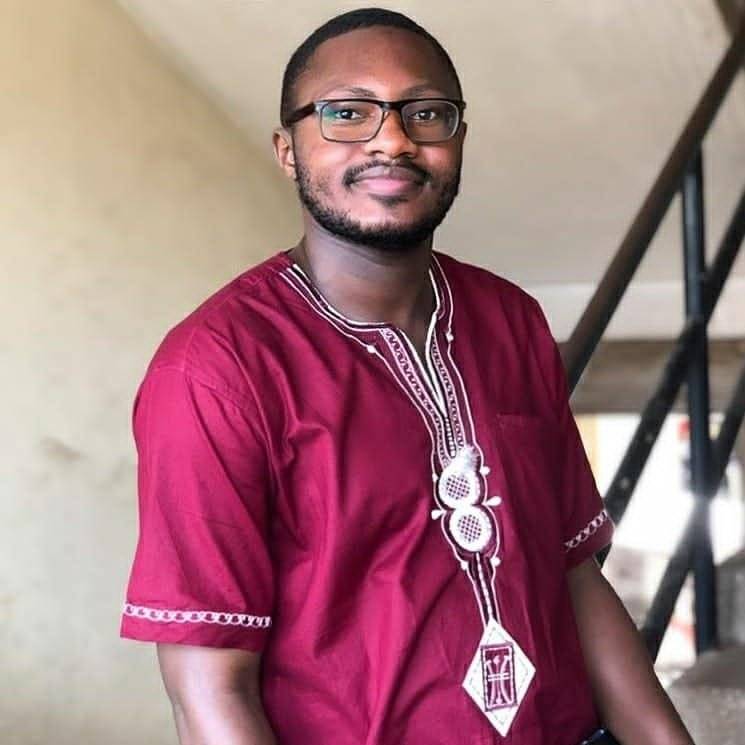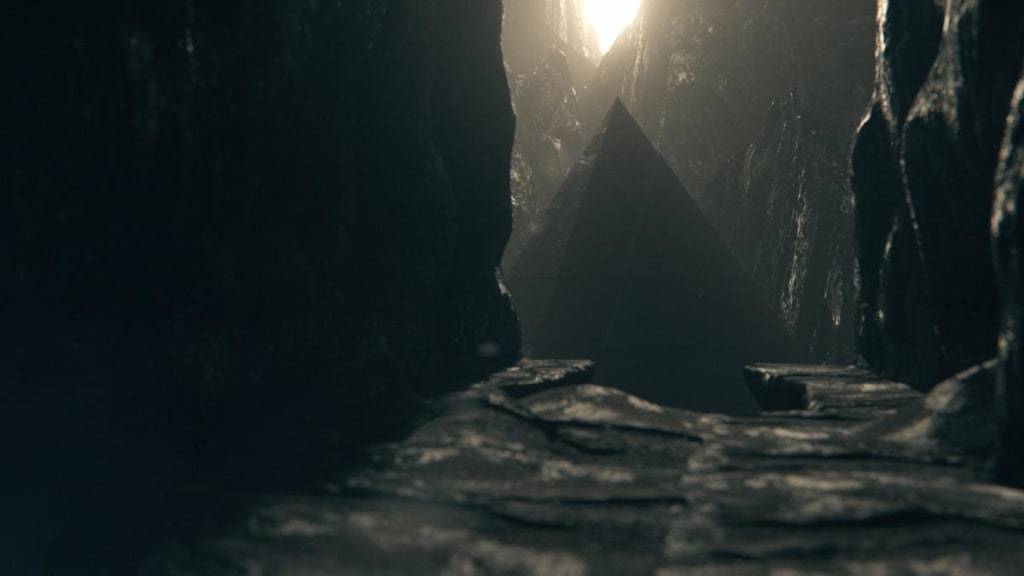Deep in the heart of Alaska's wilderness, a story persists of a covert underground facility housing an ancient, enigmatic structure known as the "Dark Pyramid." This tale, blending elements of military secrecy, advanced technology, and potential extra-terrestrial involvement, has captivated conspiracy theorists and UFO enthusiasts for decades. But what evidence exists to support these claims, and how much of it is merely speculation?
The story begins in 1989 with Doug Muchler, a counter-intelligence officer stationed at Fort Richardson near Anchorage. While studying maps of the region, Muchler noticed a small area in Denali National Park labelled "not surveyed to date." This peculiar omission piqued his curiosity, but it wasn't until three years later that the significance of this area would become apparent.
In late 1992, Muchler claims to have witnessed a local news report about an underground nuclear detonation in China that sent shockwaves detectable in Alaska. The report allegedly revealed the existence of a massive underground pyramid, larger than the Great Pyramid of Giza, located in central Alaska. However, when Muchler attempted to follow up on this story, he found that all traces of the report had vanished, and station employees denied its existence.
The plot thickens with accounts from other individuals, including Marty Johnson, an engineer who supposedly worked on the Dark Pyramid project in the late 1950s. Johnson described a top-secret facility accessed via an elevator shaft, where he and other technicians were tasked with studying and operating the mysterious structure. According to Johnson's son, the pyramid was capable of generating and distributing vast amounts of energy.
Another piece of the puzzle comes from Lee Pearson, a veteran who claims to have visited a secret military base near Denali in 1978. Pearson's son, Bruce, later attempted to locate the site based on his father's description, hiring a pilot to survey the area. They reportedly discovered signs of human activity, including an old airstrip and road not present on any official maps.
The story gained wider attention when investigative journalist Linda Moulton Howe reported on it in 2012. Howe, known for her work on UFO phenomena, collected testimonies from various sources, including remote viewers who claimed to have psychically observed the facility. These accounts paint a picture of a bustling underground complex staffed by both humans and extra-terrestrial beings, with the Dark Pyramid serving as an energy source for UFOs.
Proponents of the Dark Pyramid theory point to several factors that lend credence to the story. The Alaska Triangle, where the pyramid is allegedly located, is known for its high number of unexplained disappearances and UFO sightings. The region's remoteness and strategic importance during the Cold War make it a plausible location for covert military operations. Additionally, the concept of pyramids as energy generators has gained traction in some scientific circles, with theories proposing that structures like the Great Pyramid of Giza could have been used to harness electromagnetic energy.
However, skeptics argue that the evidence supporting the Dark Pyramid's existence is largely anecdotal and circumstantial. Critics point out inconsistencies in the timeline of events, such as discrepancies between Muchler's account of the Chinese nuclear test and historical records. The lack of physical evidence or corroborating witnesses from the alleged news broadcast also raises doubts.
Furthermore, the involvement of remote viewing and claims of alien cooperation venture into territory many find difficult to accept without more substantial proof. Skeptics argue that the story may be a blend of misremembered events, misinterpreted observations, and possibly deliberate misinformation.
It's worth noting that many of the key witnesses in this story have connections to military intelligence, a fact that both lends credibility to their accounts and raises questions about potential ulterior motives. The world of UFO research is no stranger to disinformation campaigns, and some researchers caution against accepting such testimonies at face value.
The search for the Dark Pyramid continues to captivate imaginations and drive amateur investigators to explore the Alaskan wilderness. In 2020, Nathan Campbell embarked on a solo expedition to the coordinates believed to house the secret facility. Tragically, Campbell disappeared during his journey, adding another layer of mystery to the already complex narrative.
While the existence of a massive, alien-operated pyramid beneath the Alaskan tundra may seem far-fetched, the story touches on deeper themes that resonate with many: the allure of hidden knowledge, the possibility of advanced ancient technologies, and the potential for extra-terrestrial influence on human affairs. These ideas challenge our understanding of history and our place in the universe, driving continued interest in the Dark Pyramid mystery.
As with many such tales, the truth behind the Dark Pyramid likely lies somewhere between outright fabrication and shocking revelation. The remote Alaskan wilderness undoubtedly holds many secrets, both natural and man-made. Whether it conceals an ancient power source capable of fuelling interstellar travel remains to be seen.
For now, the Dark Pyramid remains a tantalizing mystery, a story that invites us to question what we know about our world and what might lie hidden just beyond our understanding. As technology advances and more of our planet's remote regions become accessible, perhaps one day we'll uncover the truth behind this Alaskan enigma. Until then, the Dark Pyramid will continue to fuel speculation, debate, and the imaginations of those who dare to look beyond the accepted narrative of our world.



No comments yet
Be the first to share your thoughts!